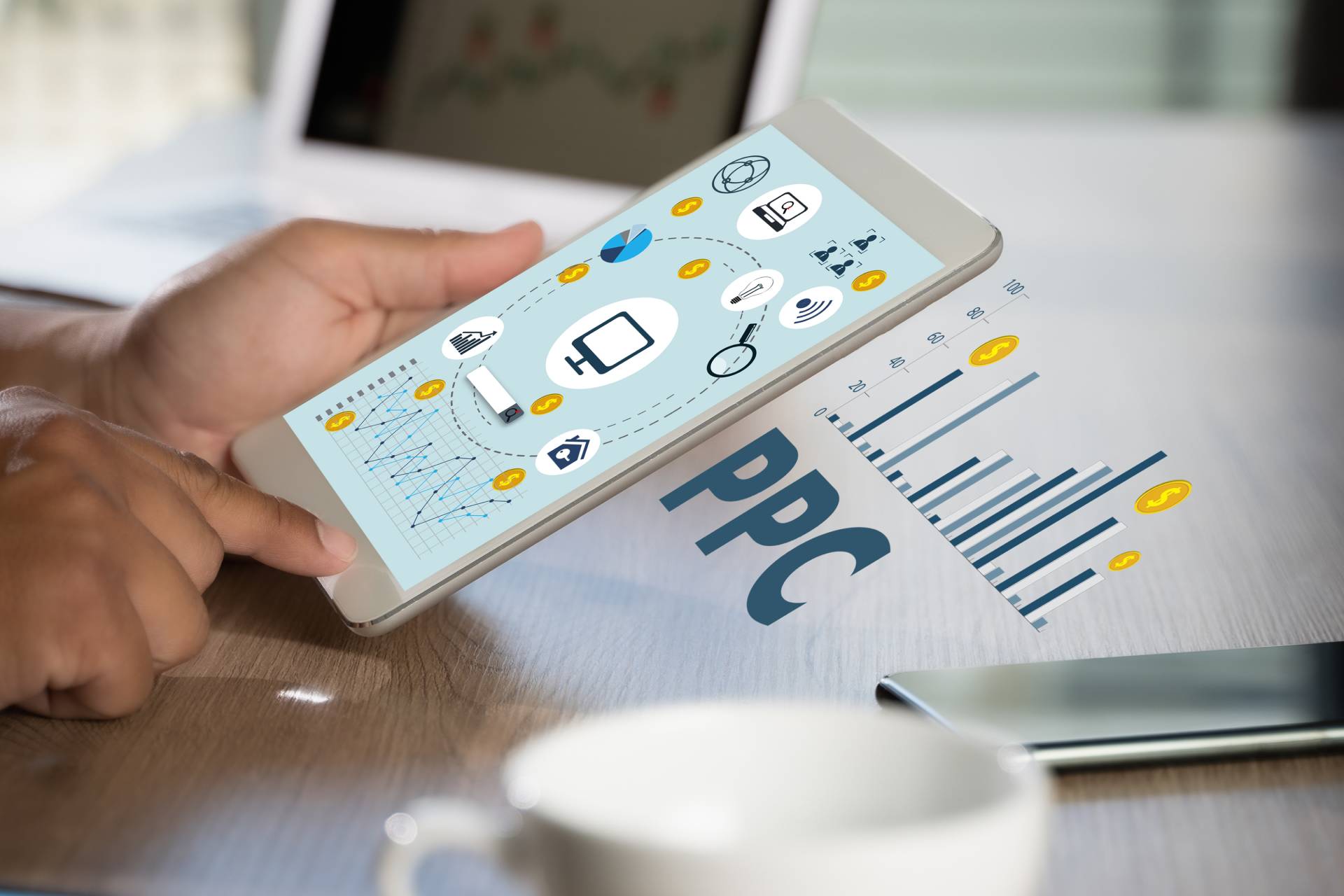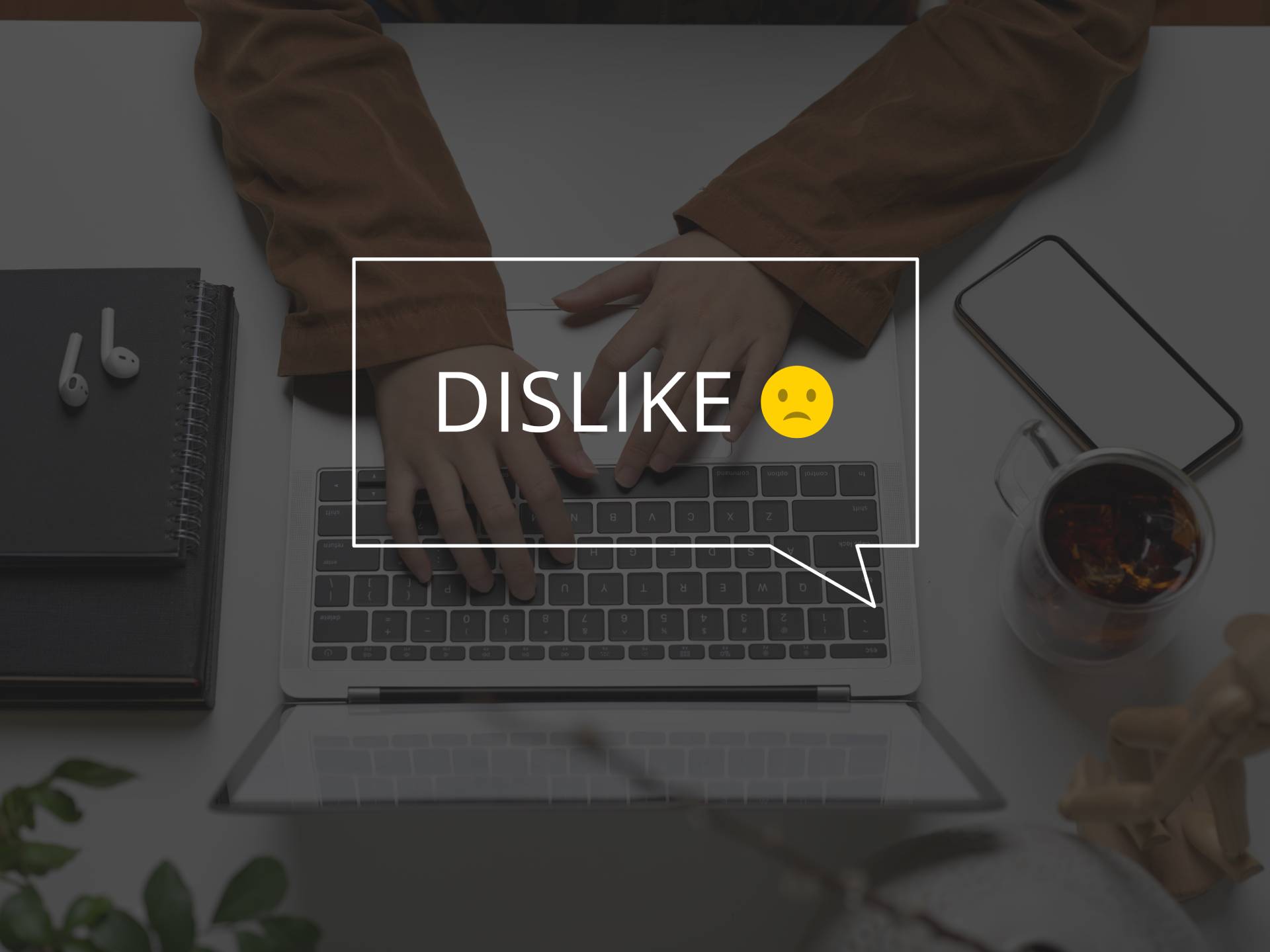As soon as you start to dip your toes in the realm of digital marketing, you’ll find yourself presented with two pathways: search engine optimization (SEO) and pay-per-click (PPC) advertising.
On a surface level, both methods aim to drive traffic to your website, increase visibility, and ultimately boost conversions. However, they are not the same – and when it comes to deciding where to allocate your marketing budget, you’ll need to evaluate SEO vs PPC.
Feeling torn? Don’t fret – we’re here to help you choose the right combination of strategies for your brand’s needs.
But first, let’s dive deeper into SEO vs PPC so that you can enter the decision-making process feeling informed and prepared.
Understanding SEO
Think of SEO as the long game of digital marketing. This isn’t something that works for your business overnight – but that doesn’t mean it’s not effective.
SEO involves optimizing your website to rank higher in organic search results on search engines like Google, Bing, and Yahoo. The primary goal is to improve your website’s visibility and attract qualified traffic without directly paying for clicks.
According to research from Backlinko, only 9% of Google searchers make it to the bottom of the first search results page. Just as notably, 50% of Google users click on their results within just 9 seconds of searching – which means your website needs to be front and center to snag their attention.
That’s what SEO helps you do. More specifically, let’s take a look at the unique benefits SEO can offer you over other digital marketing strategies.
Pros of SEO
Cost-Effective Long-Term Strategy
While SEO requires an upfront investment in time and resources, the results can be long-lasting. Once your website starts ranking well for relevant keywords, you can enjoy a steady stream of organic traffic without continuously paying for clicks.
As of 2024, the average ROI of a well-executed SEO campaign is estimated to be a whopping 275%. In other words, you are nearly quadrupling the value of the money you spend on great SEO work.
Credibility and Trust
Another important element of quality SEO campaigns is that they make your brand look better. Websites that appear at the top of organic search results are often perceived as more trustworthy and credible – and that’s a huge boon for your business.
Targeted Organic Traffic
SEO also allows you to target specific keywords in search results related to your business, ensuring that the organic traffic driven to your website is actually relevant. This increases the likelihood of converting visitors into customers – rather than attracting audiences who will bounce away quickly.
Cons of SEO
Time-Intensive
As we just mentioned, SEO is not a quick-fix solution. It takes time to conduct keyword research, optimize content, and earn backlinks – and it will likely be several months before you see any significant changes in your organic search results. This is especially true in competitive industries such as legal services, real estate, and eCommerce.
Algorithm Changes
SEO strategies are always looking to hit a moving target. Search engine algorithms are constantly evolving, which means your strategy needs to adapt accordingly. These algorithm updates can cause serious fluctuations in rankings, requiring ongoing monitoring and adjustments.
Still, SEO campaigns are arguably critical in today’s environment. Almost every shopper begins their journey via a search engine (primarily Google), and if your business isn’t ranking well in the right search results… you’ll struggle to compete and grow.
Understanding PPC Campaigns
You know when you’re on search engine results pages (SERPs) and you see those sponsored ads at the top of the list? Well, businesses are paying to get their names there through PPC advertising.
In comparison to SEO, PPC ads offer a more immediate and targeted approach to driving traffic to your website. Businesses can bid on keywords and pay each time a user clicks on their ads, pushing eager shoppers directly to their doorsteps.
This year, it’s estimated that advertisers will spend around $190.5 billion on search advertising around the globe. So if you’re thinking about upping your spending on PPC campaigns in 2024… you’re not alone.
Pros of PPC
Immediate Visibility
Unlike SEO, PPC ads appear at the top of search engine results pages immediately after launching a campaign. This instant visibility can drive traffic to your website ASAP and generate leads or sales.
Control and Flexibility
PPC platforms like Google Ads and Bing Ads offer extensive targeting options, allowing you to reach your ideal audience based on parameters such as demographics, location, and interests. You also have full control over your ad spend and can adjust your budget and targeting parameters in real time.
Measurable Results
PPC advertising campaigns provide detailed analytics and conversion tracking, allowing you to accurately and quickly measure the effectiveness of your ads. You can track metrics such as click-through rate (CTR), conversion rate, and return on investment (ROI) to optimize your campaigns for better performance (and avoid wasting money).
Cons of PPC
Cost
PPC advertising might offer instant results, but each visitor comes at a cost (literally). You pay for every click on your ad, regardless of whether or not it leads to a conversion.
Depending on your industry and competition, certain keywords can be highly competitive and expensive to bid on. You might be moving a slower target than with SEO, but your PPC campaign darts can still miss the mark and drain your budget if you’re not careful.
Dependency on Budget
At the end of the day, the success of your PPC campaigns relies heavily on how much you’re willing to spend.
Paid ads require a continuous investment to maintain visibility and traffic. Once you stop funding your PPC campaigns, your ads will no longer appear in search results and stop producing results, unlike search engine optimization tactics that last for years.
So, Which Should You Invest In?
Deciding to invest in SEO vs PPC is a heavily personal choice. The right answer depends on many things, including your specific goals, budget, and timeline restrictions.
To help you work toward your decision, we have two important questions for you to answer:
(1) Are You Looking for Long or Short-Term Results?
If you need immediate visibility and results, a PPC campaign may be the way to go. It allows you to generate targeted traffic quickly, making it ideal for promotions, product launches, or seasonal offers.
On the other hand, if you’re more interested in sustainable, long-term growth, investing in SEO is the smartest choice. It requires patience and persistence, but the rewards can be significant in terms of organic traffic and brand authority.
(2) Can You Embrace a Hybrid Approach?
If your budget and timeline allow you to blend SEO and PPC, that’s often the best solution for businesses. Many opt for a combination that allows them to leverage the unique benefits of each strategy without maxing out their budgets.
By diversifying your marketing efforts, you can maximize your reach and ROI across different channels. After all, it’s never the best option to put all your eggs in just one basket.
Ready to Jumpstart Your SEO or PPC Campaign?
In conclusion, there is no one-size-fits-all answer to the SEO vs PPC debate. Both strategies have their merits and can complement each other effectively. To decide between the two, you’ll need to carefully evaluate your business’s current and future goals.
Still not sure how to think about SEO vs PPC? Let’s talk!
Discuss Your SEO vs PPC Needs With Our Team
At Platinum Consulting, we specialize in crafting tailored digital marketing strategies that align with your objectives and budget. Whether you’re seeking to improve your website’s position in organic search results or launch a targeted PPC campaign, our team of experts is here to help.
Contact us today to set up your free consultation. We’ll assess your current position in search results, then provide the top recommendations for boosting organic traffic and reeling in website conversions.


